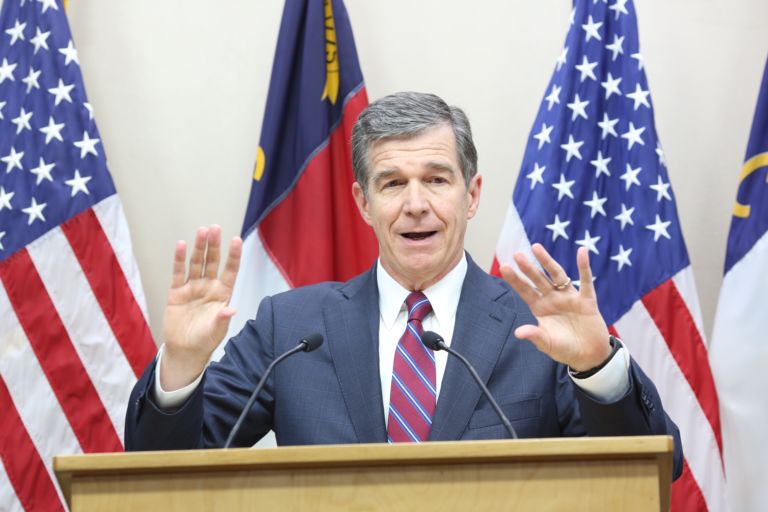How do we close achievement gaps between students from different racial and socioeconomic groups?
One idea is to assign at-risk students to a better teacher. In “Do School Learning Opportunities Compound or Compensate for Background Inequalities? Evidence from the Case of Assignment to Effective Teachers” (Sociology of Education 2018, vol. 91(2) 132–158), UC-Irvine professor Paul Hanselman examined administrative data from public elementary schools in North Carolina to try to answer the question posed in the title.
He concluded,
The current findings certainly justify focusing policy attention on teachers; like previous research, I find that assignment to more effective teachers is associated with greater learning for all student groups, on average. However, the findings also show that equalizing access to high-quality teachers may do less than previously imagined to narrow racial achievement gaps. Teachers who provide high-quality learning opportunities do not necessarily meet the needs of all students equally, and this does not seem to be explained by differences in prior academic preparation. (Emphasis added.)
So, what do we do? Hanselman suggests promoting “culturally responsive pedagogy that enables success for socially marginalized groups.” But the case for “culturally responsive pedagogy” seems a bit thin to me. Perhaps we should consider the possibility that the solution lies outside of the classroom. Beyond effective teachers, what should we require schools to provide?


